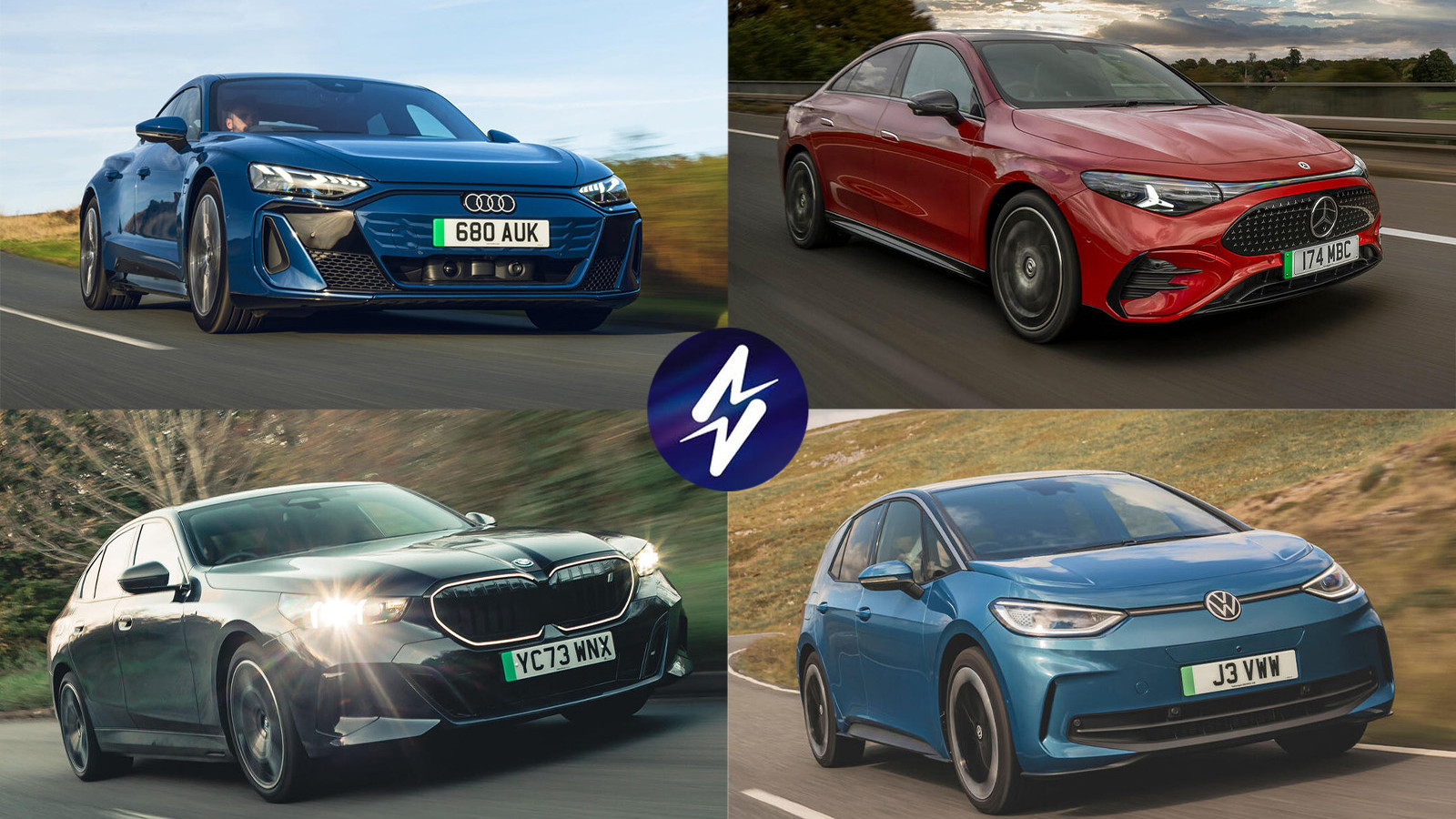
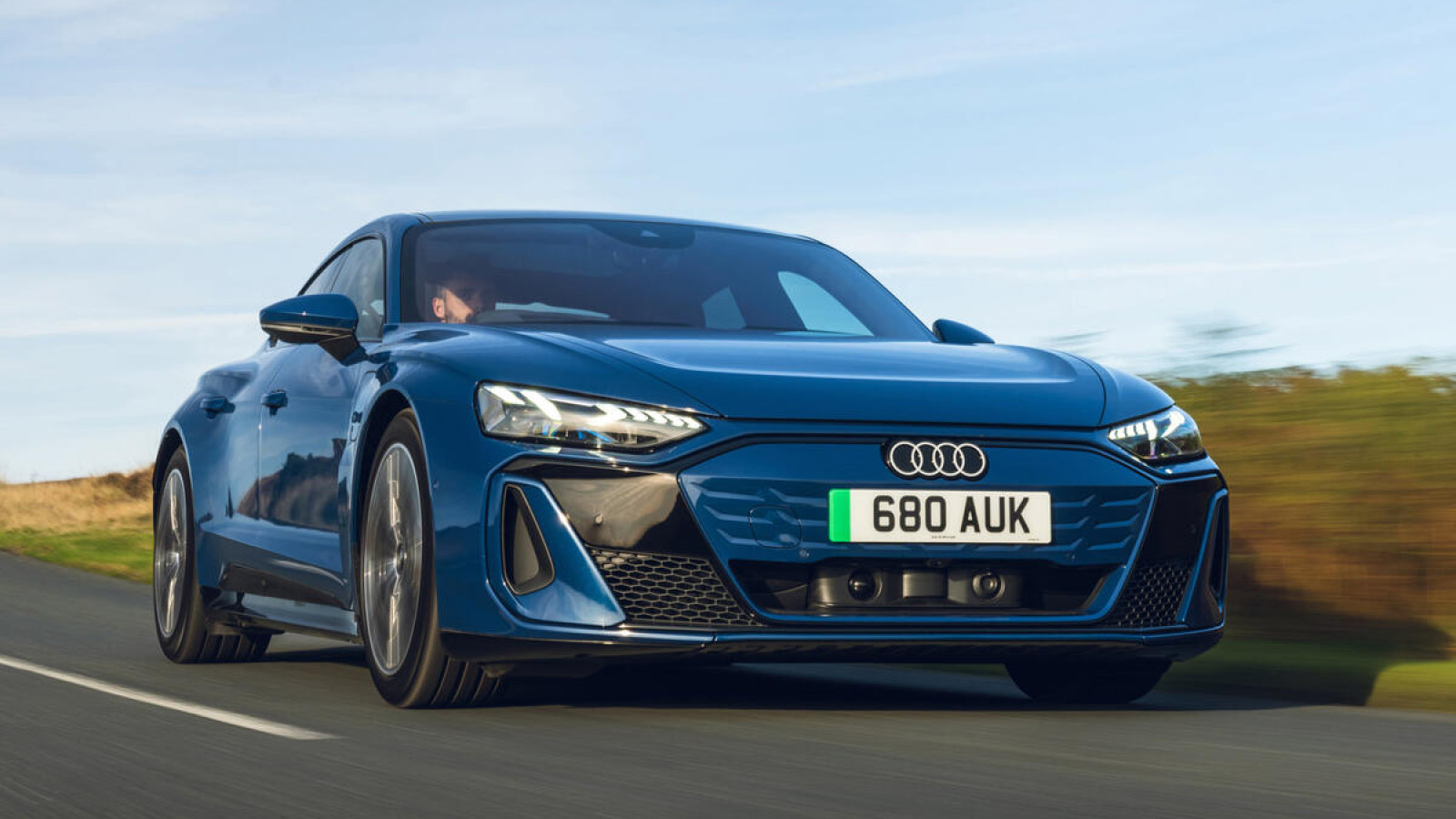
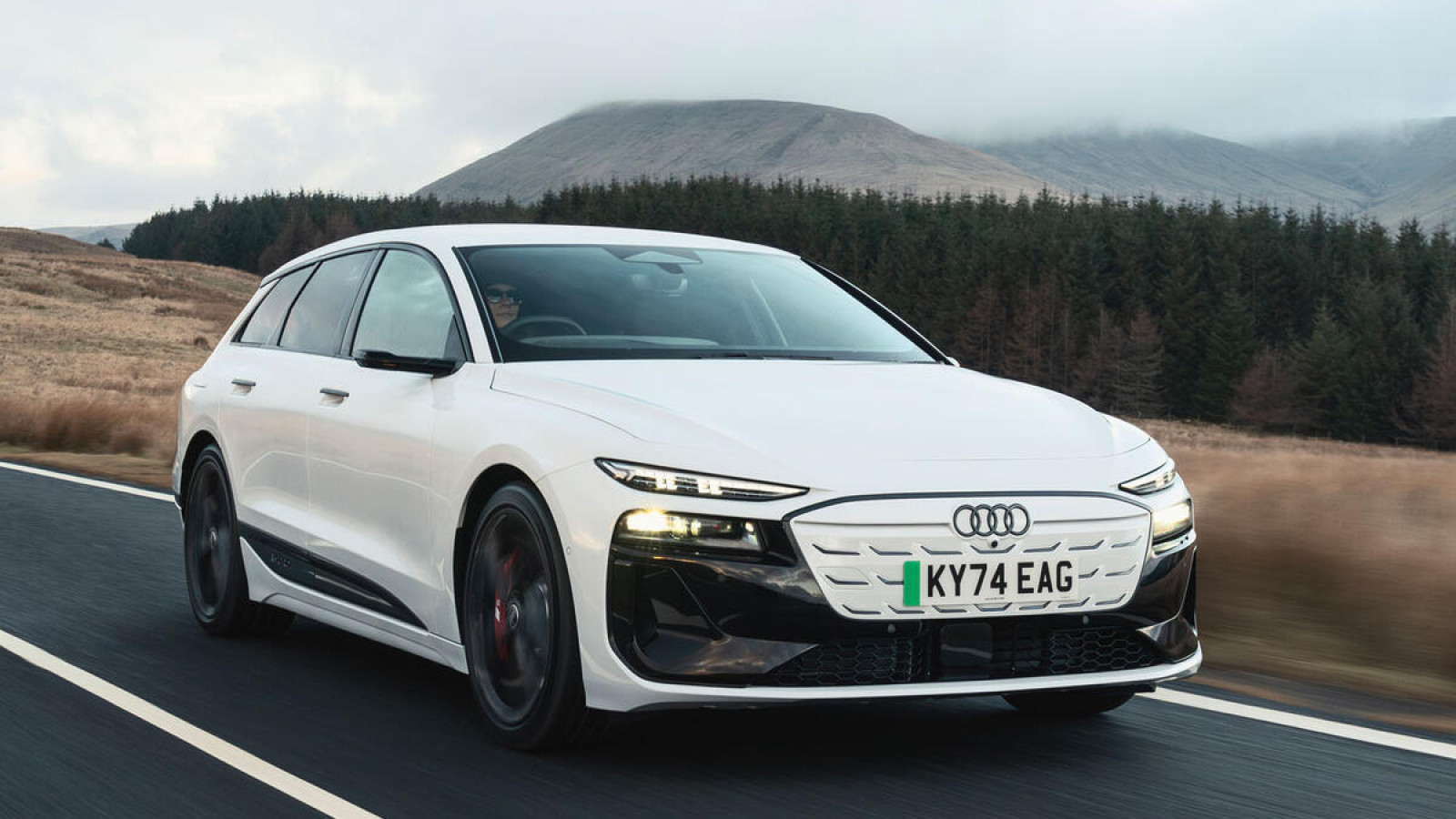
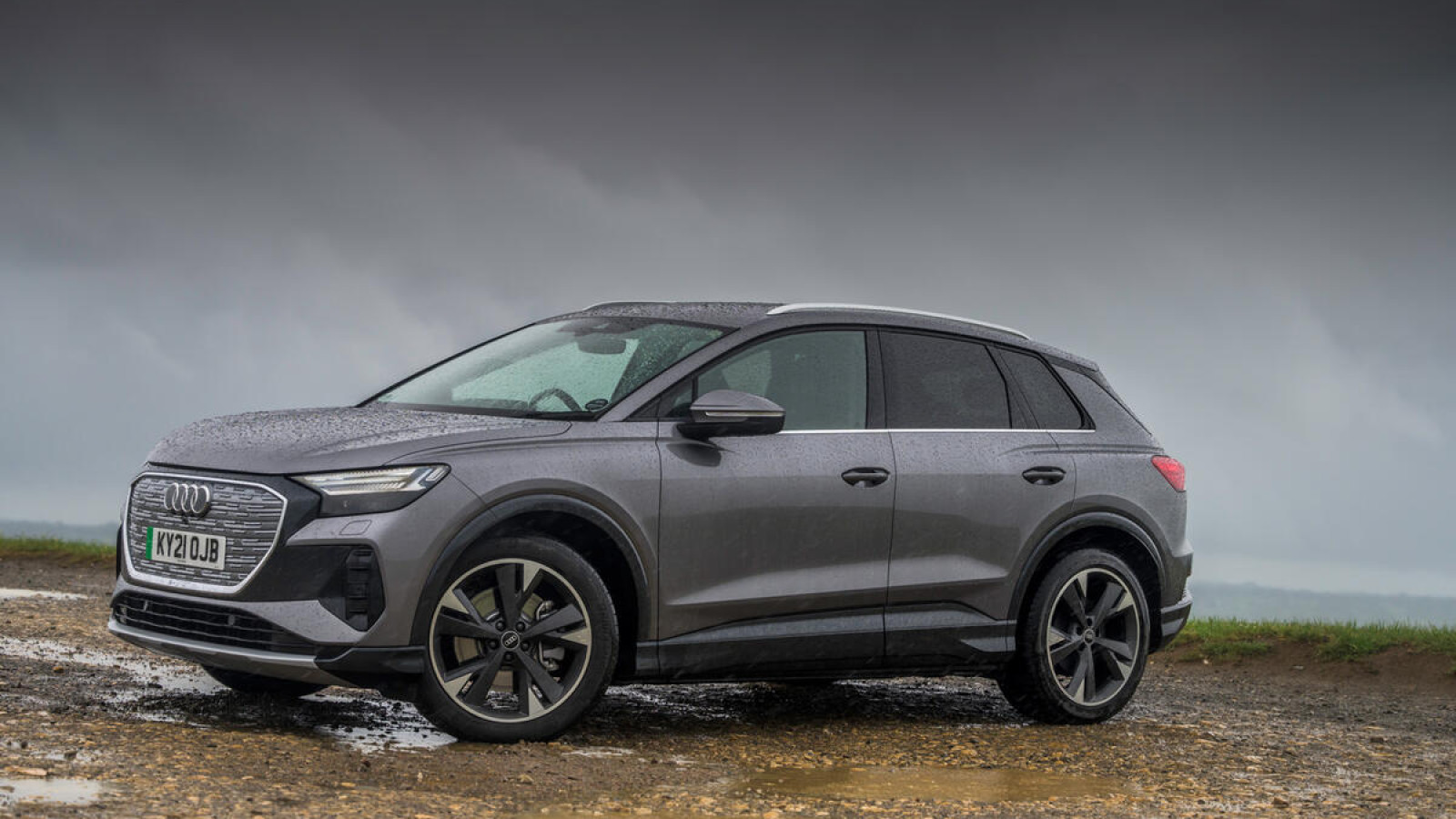
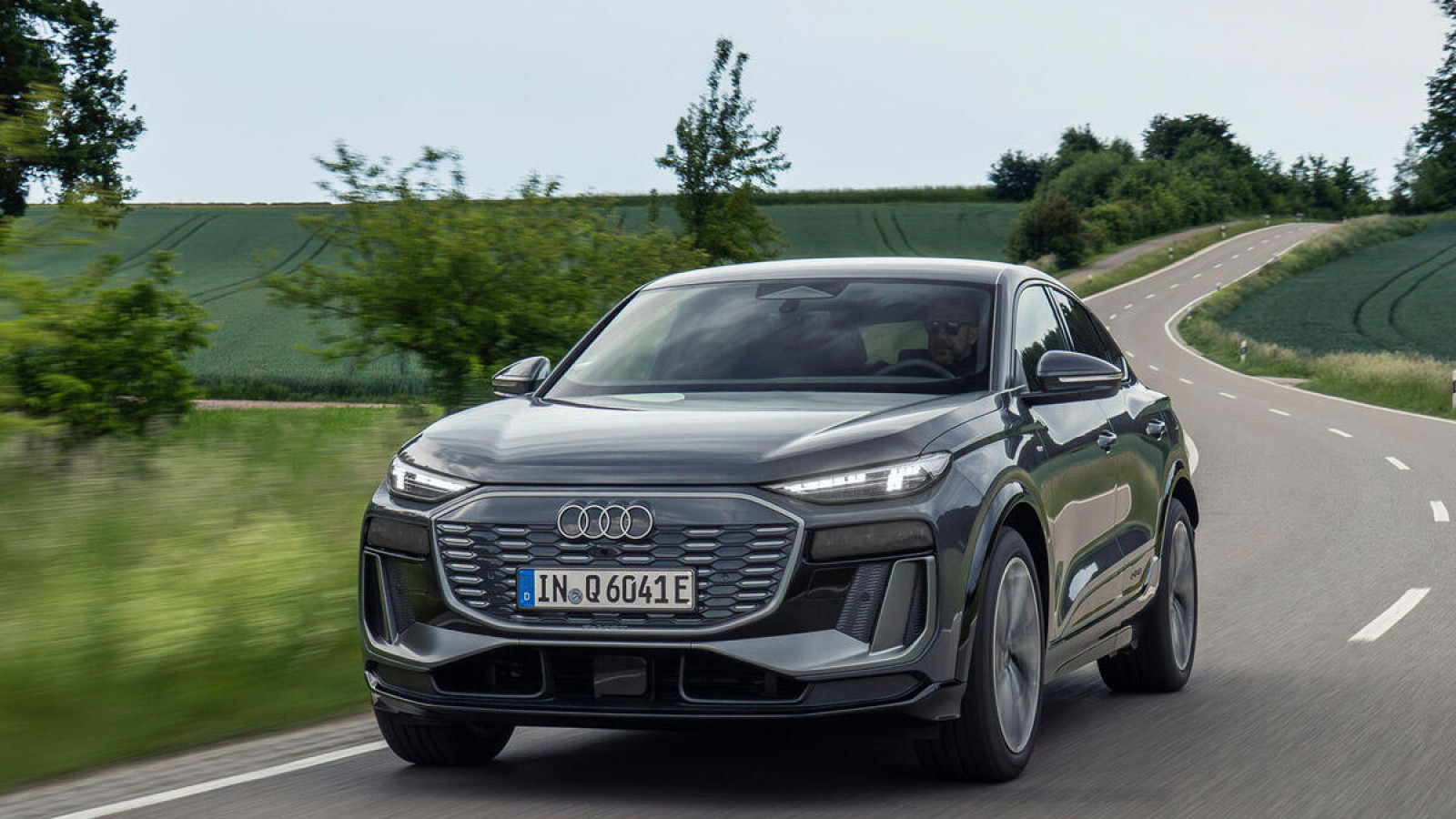
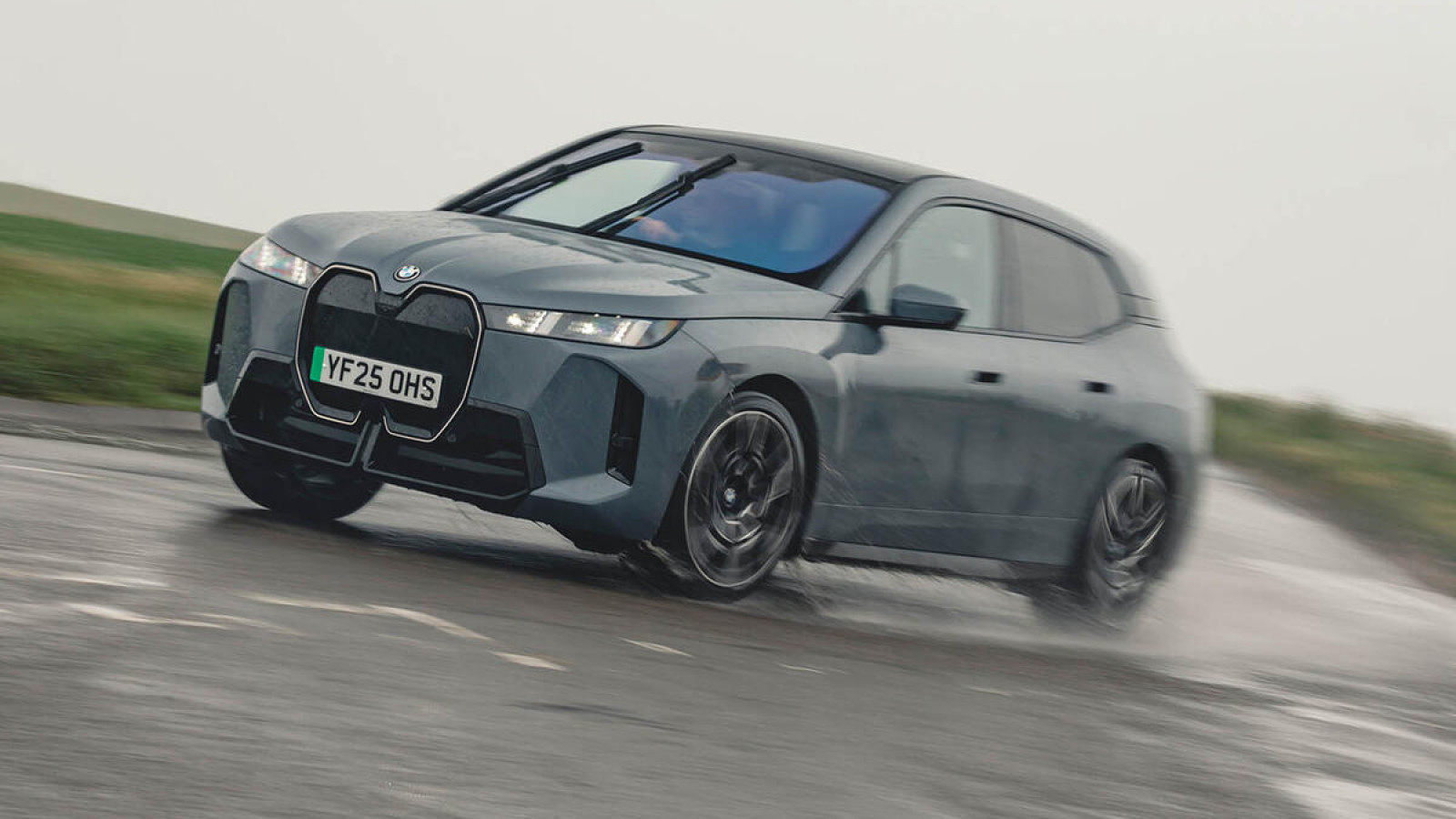
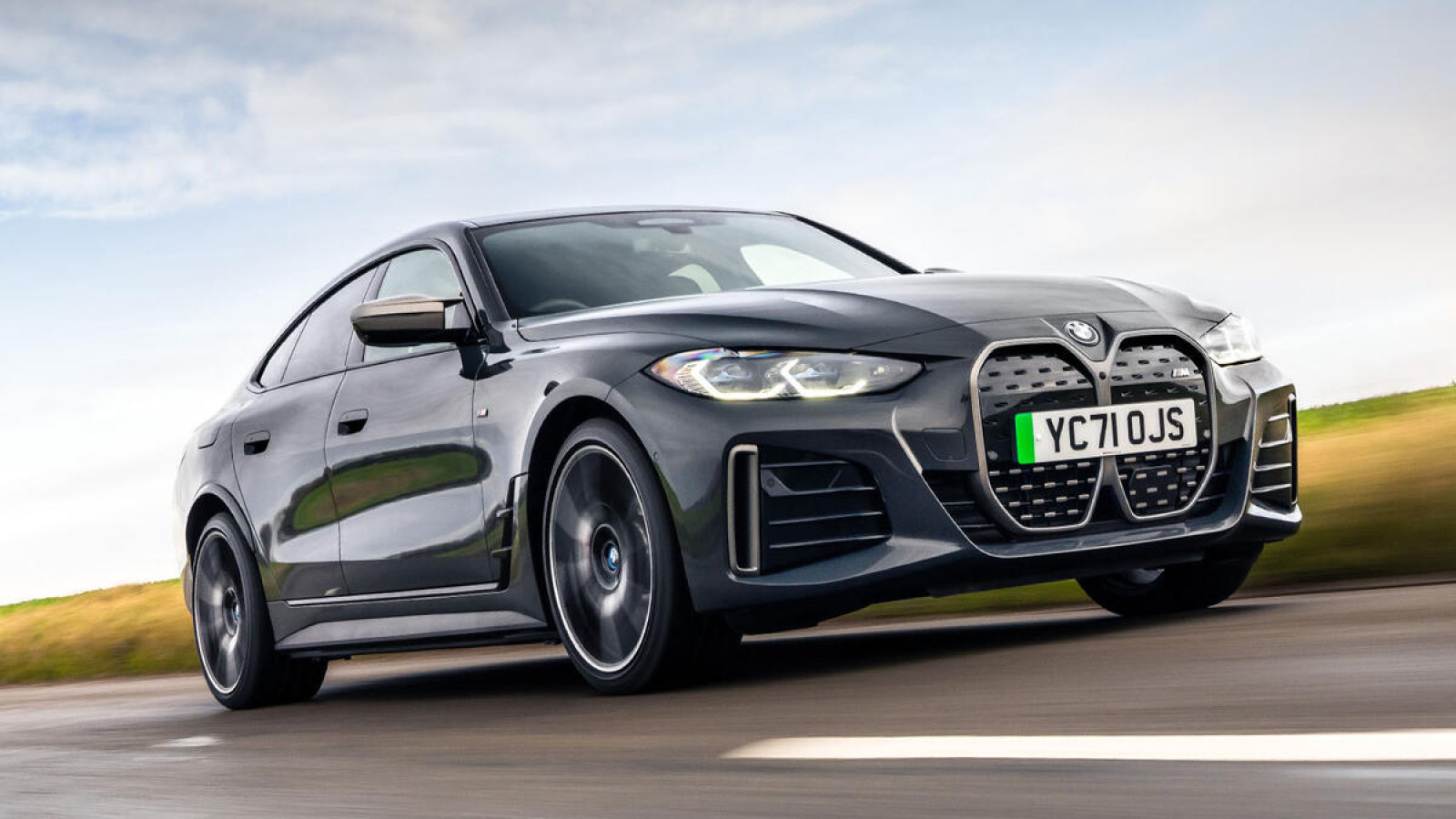
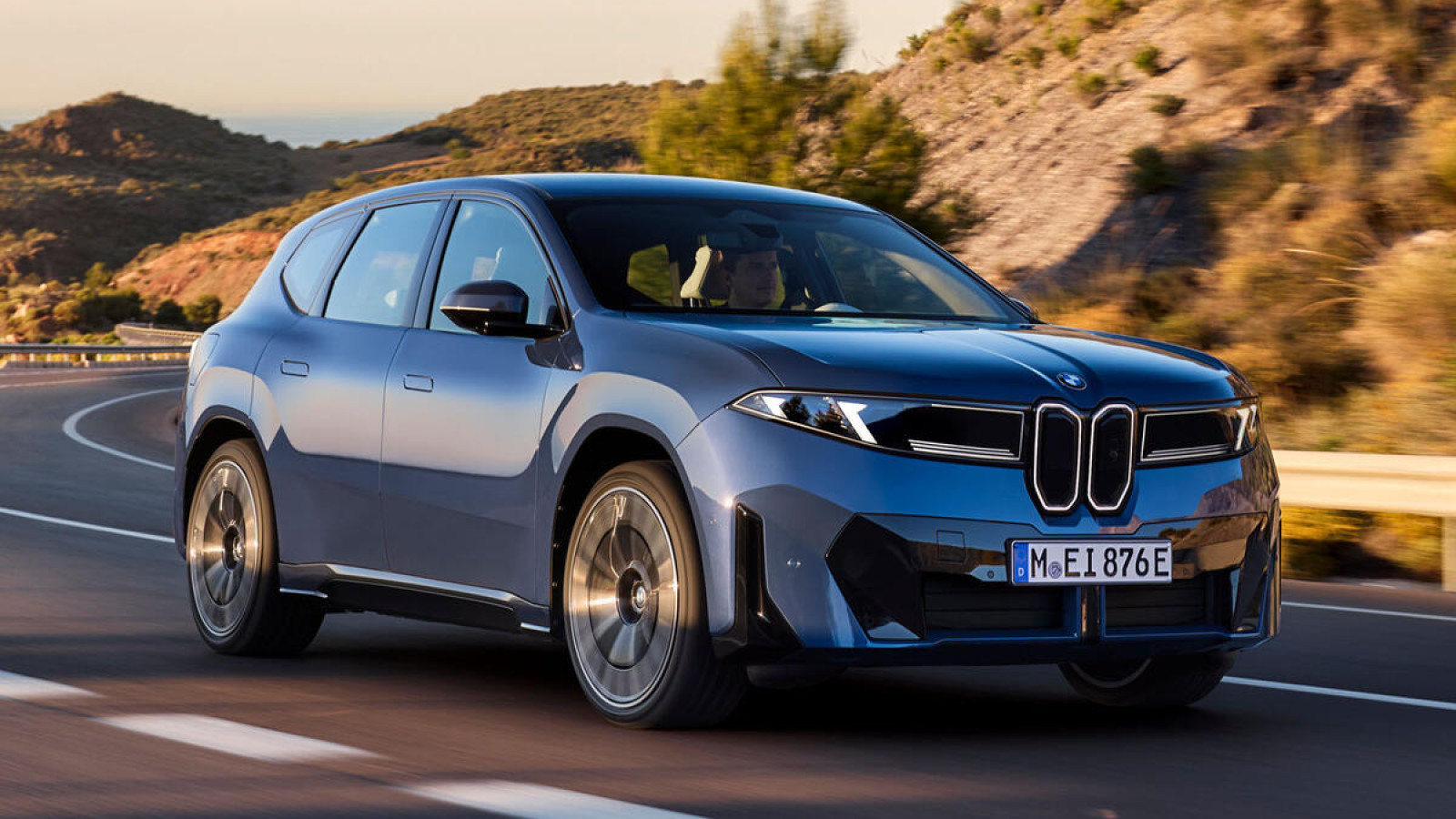
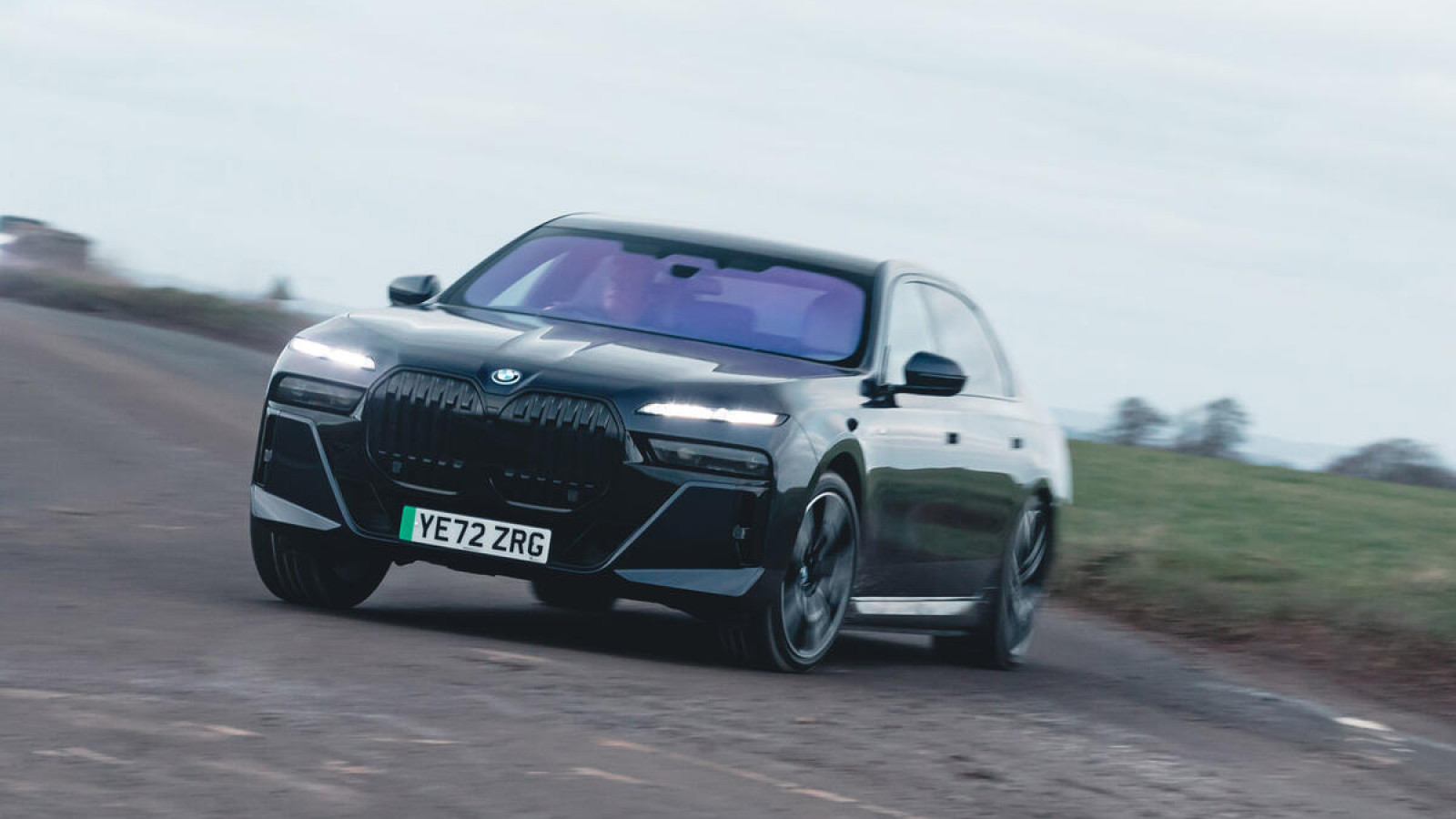
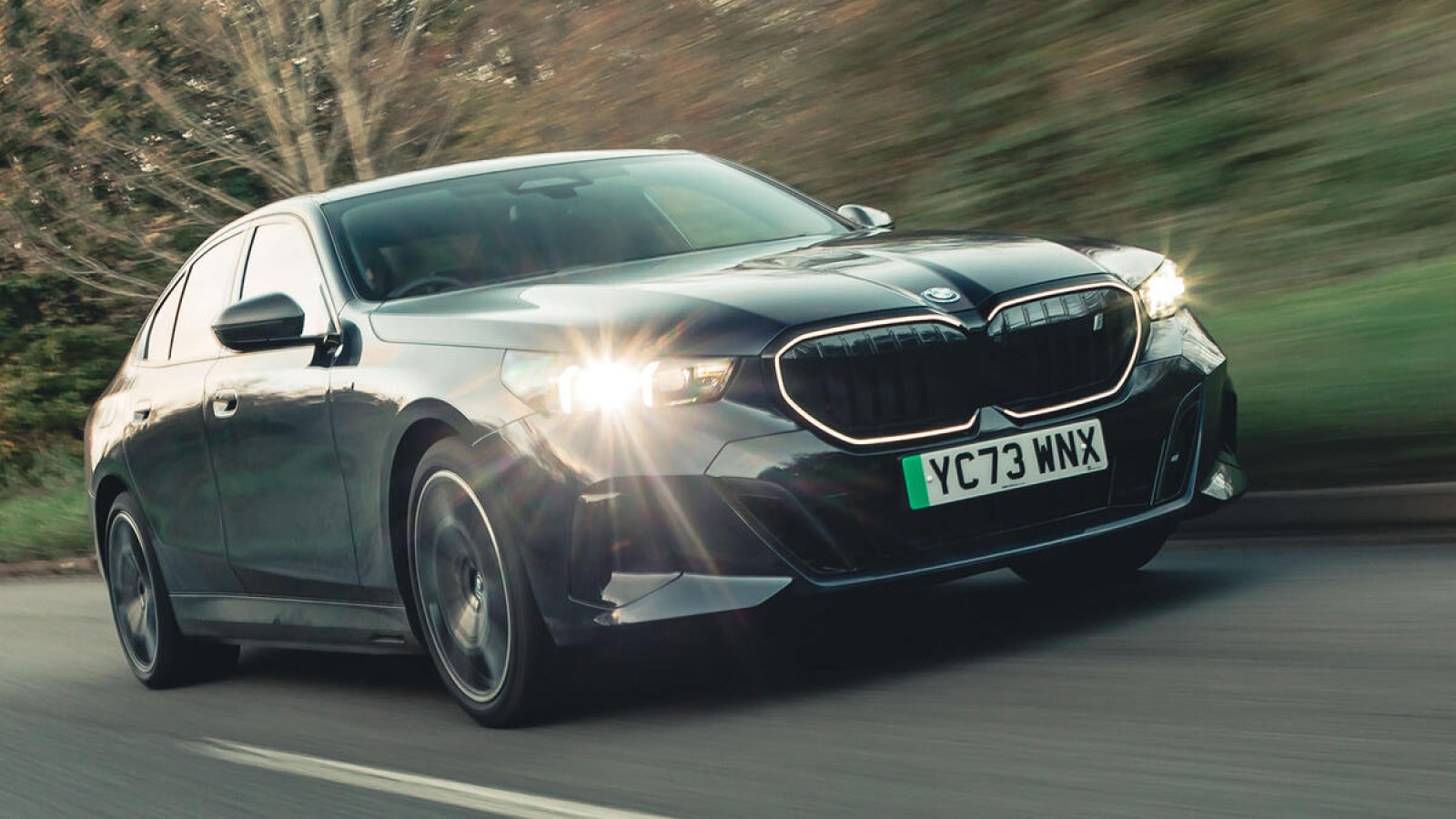
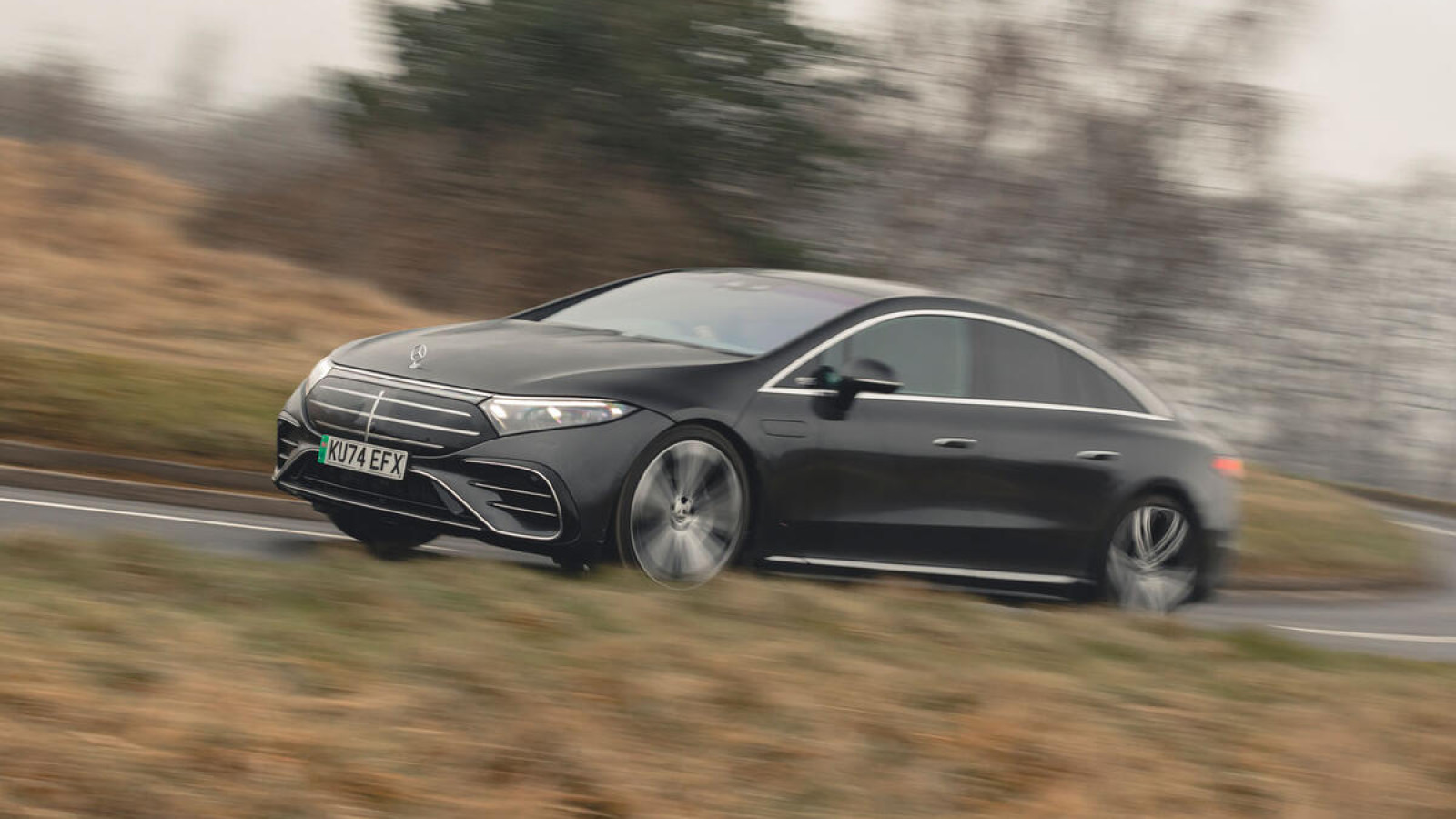
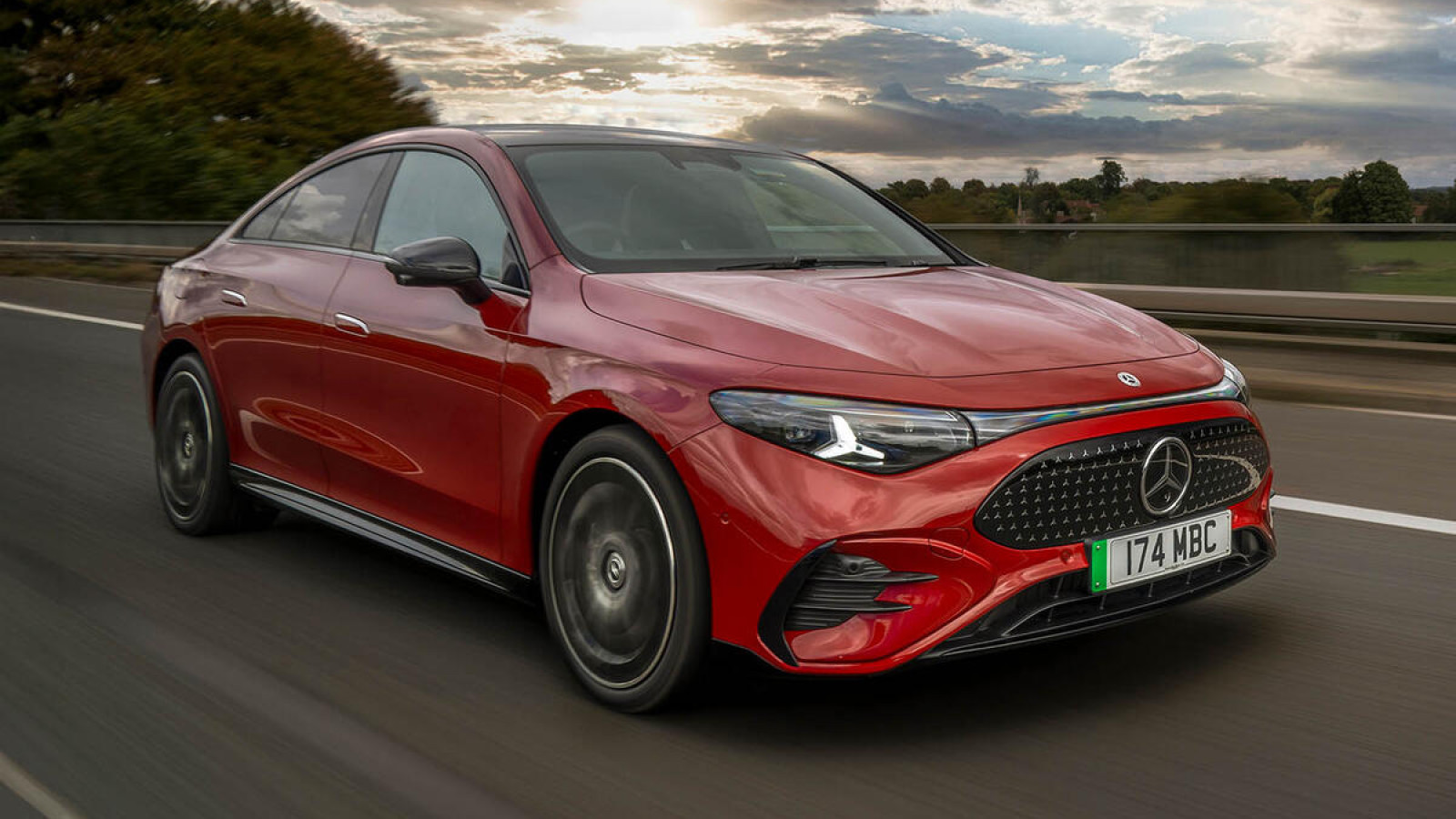
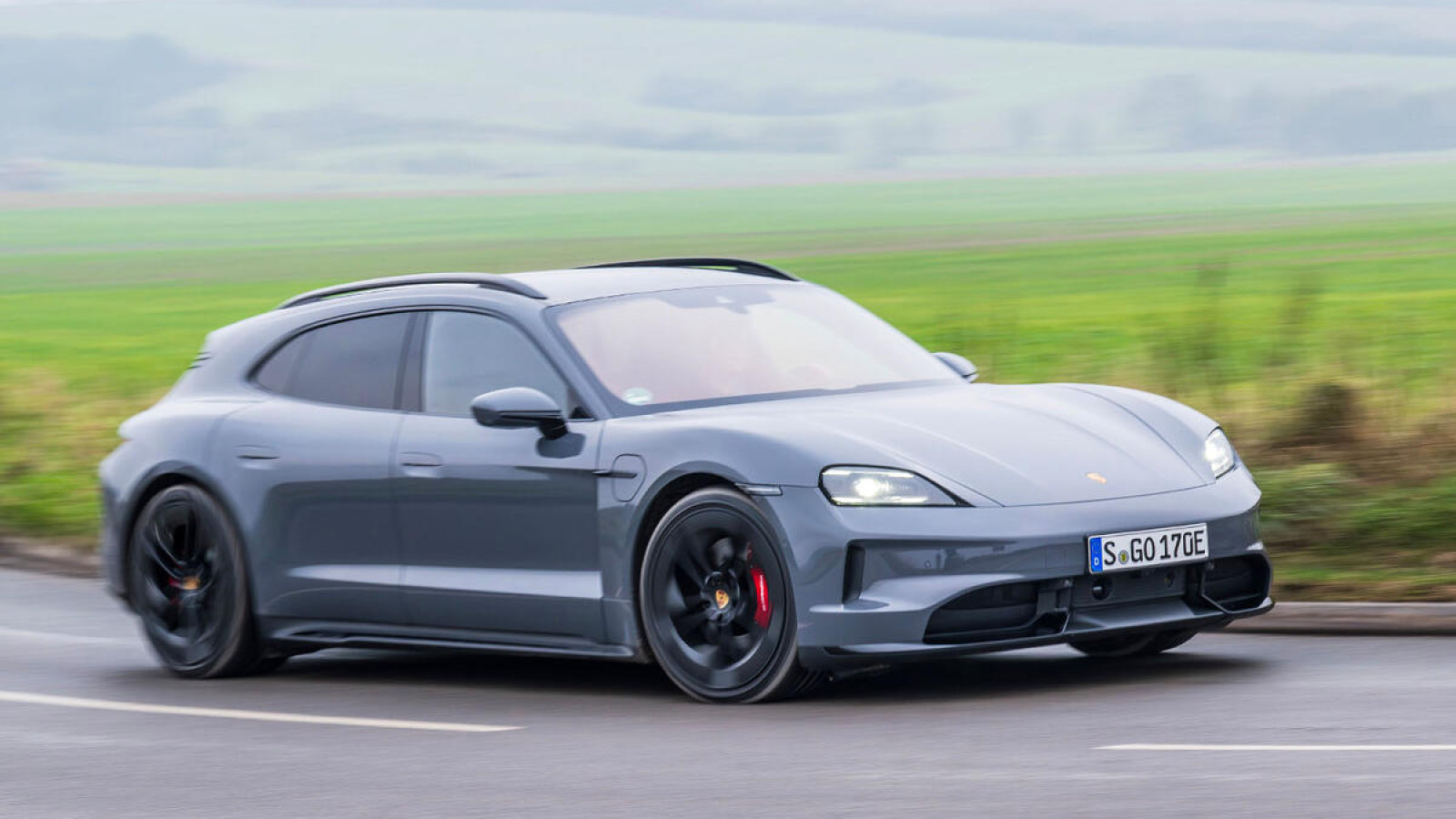
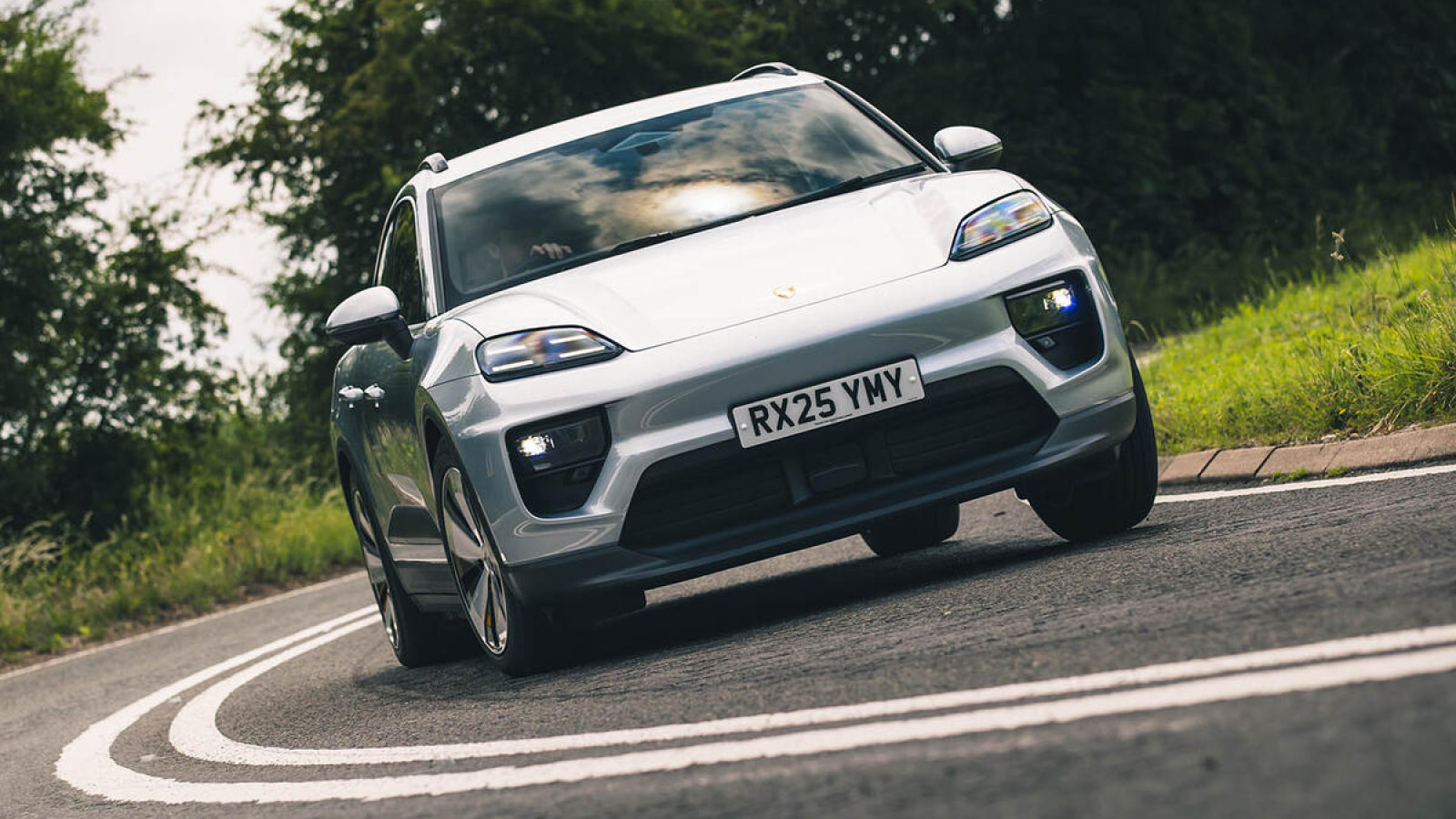
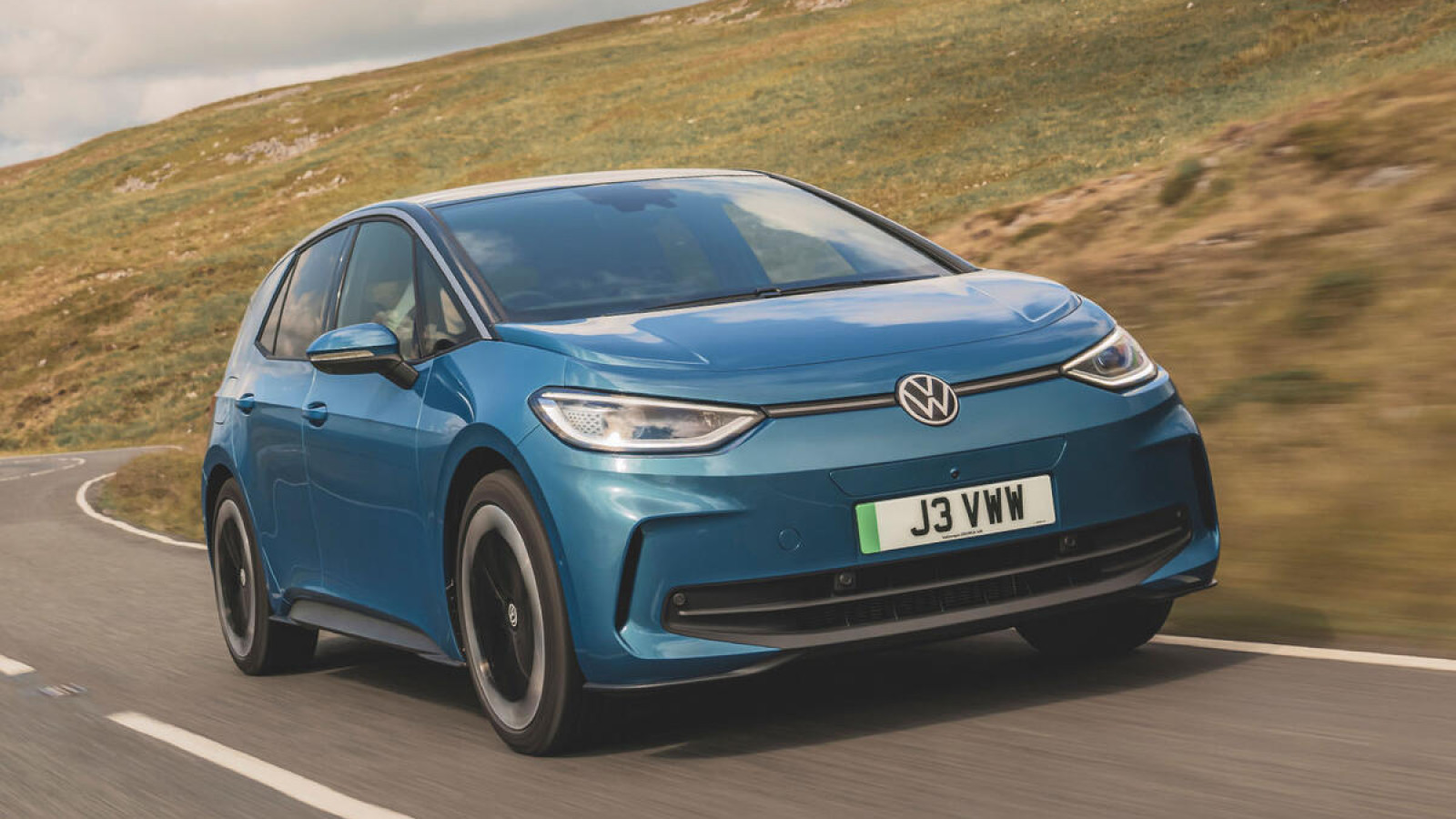
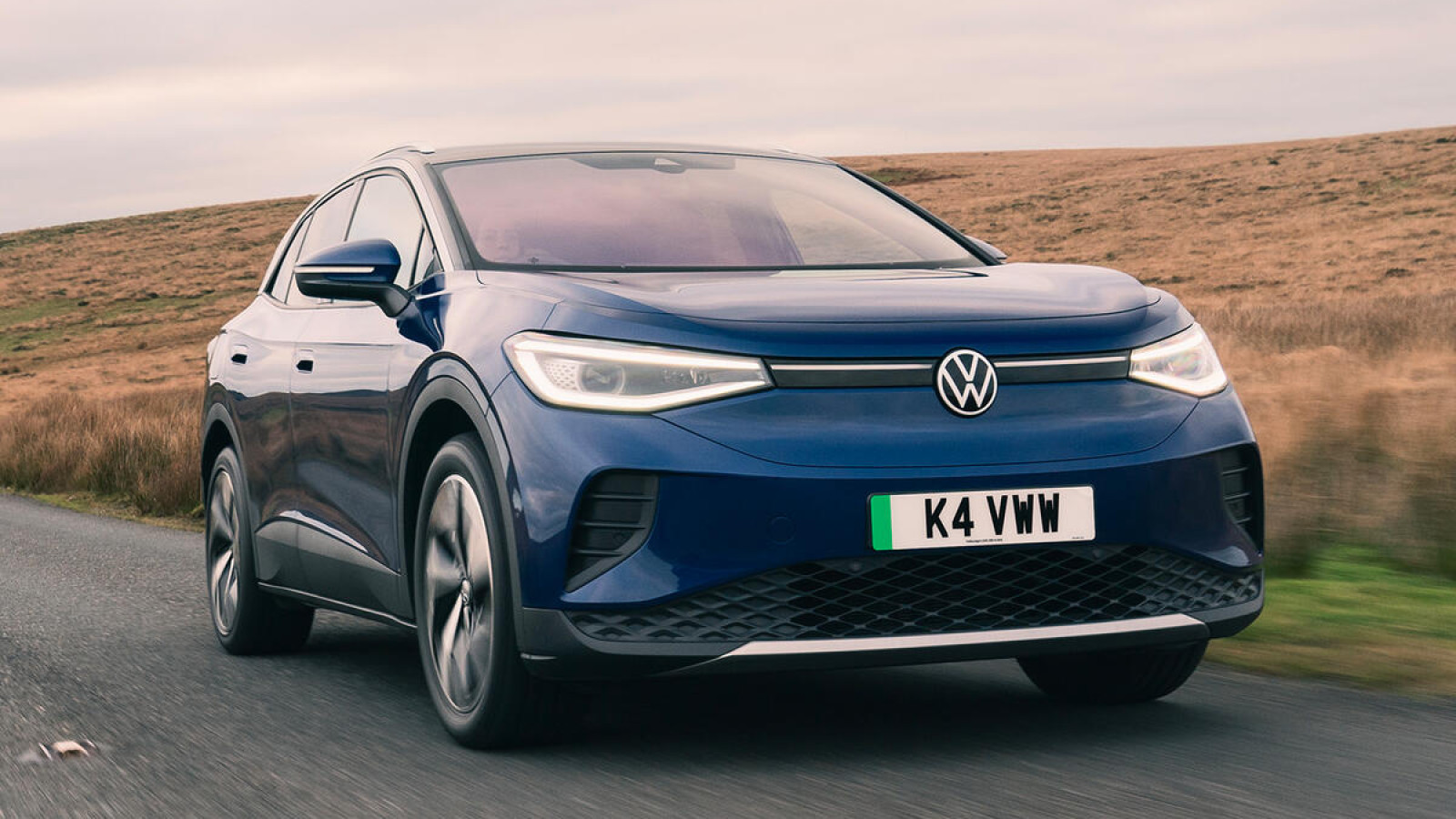
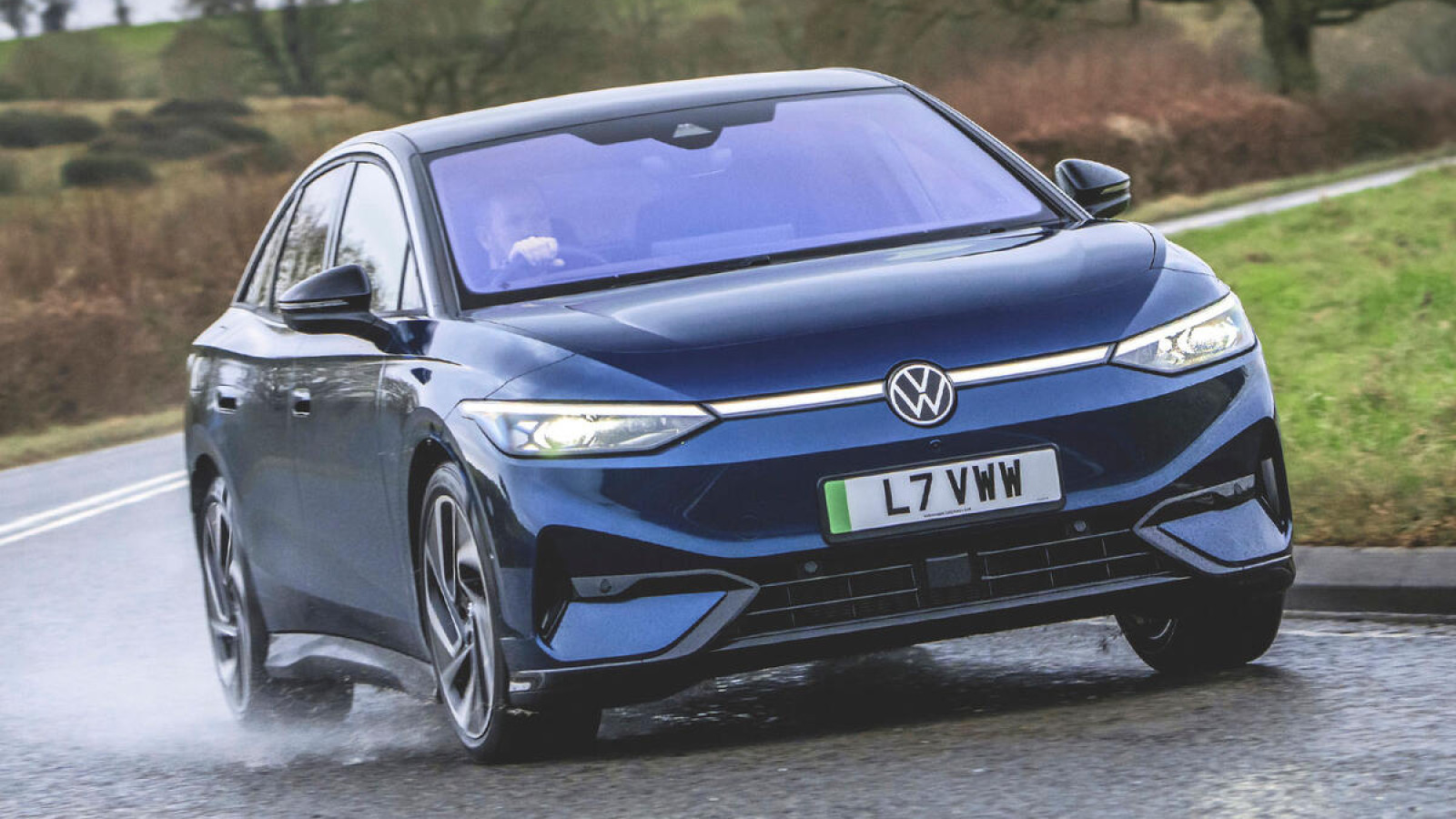
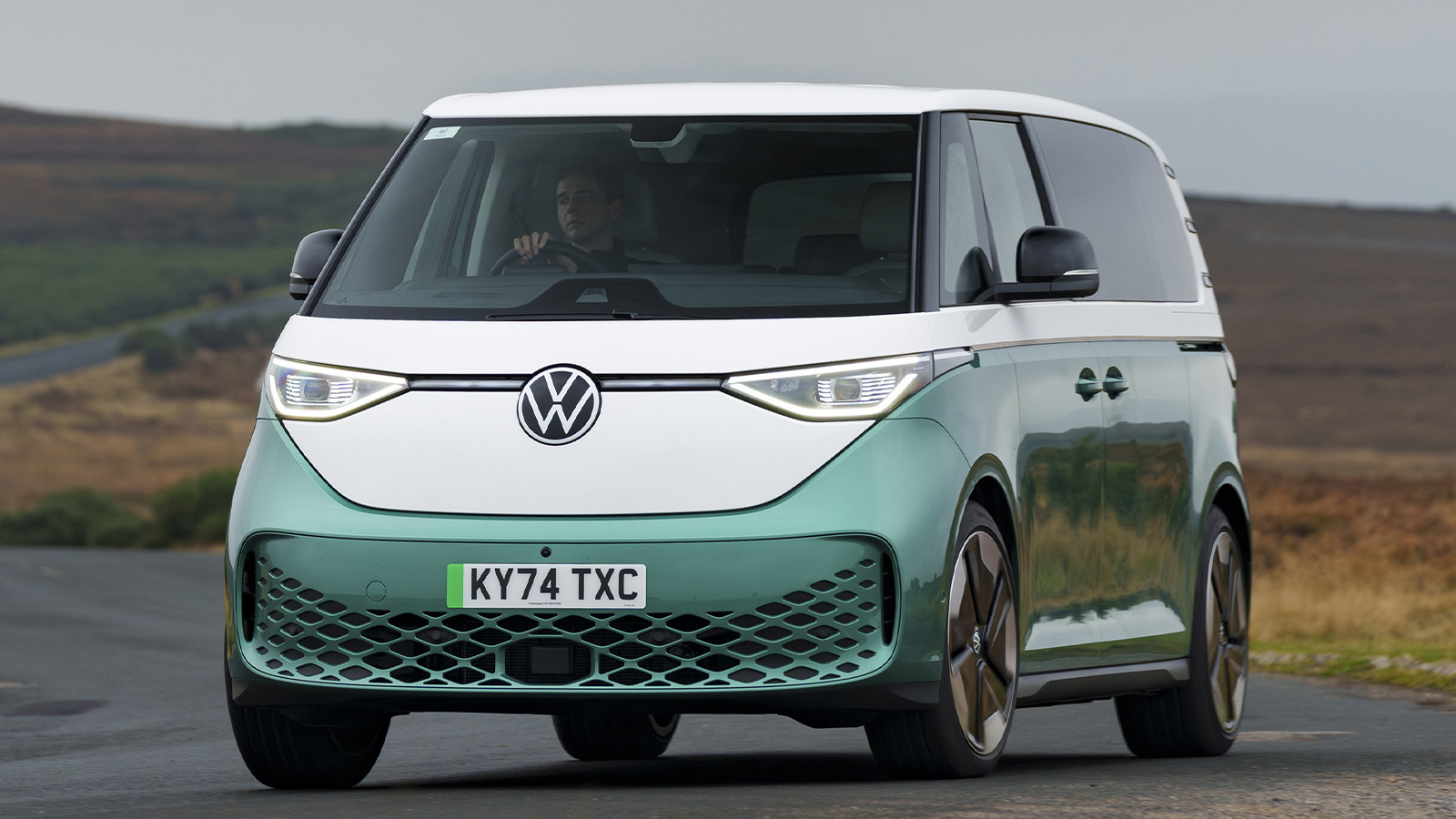
Since the invention of the modern motor car in the 1880s, Germany has been at the forefront of the development and evolution of the universal method of transportation.
Karl Benz, who would later form Daimler-Benz and subsequently Mercedes-Benz, developed what many consider to be the world’s first automobile: the Benz Patent-Motorwagen.
Using a 954cc engine, the Motorwagen produced just 0.9bhp and weighed around 270kg (595 lb). Since then, Germany has remained at the forefront of the car industry.
Germany is now home to some of the world’s largest car manufacturers, including Volkswagen, BMW, Audi, Mercedes-Benz and Porsche.
Each of these car makers has heavily invested in electric cars, which is what we’re here to discuss today. Just what are the best electric cars to come out of Germany?
We’ve compiled a big list of all the best you can buy today, ranging from small cars to saloon cars to large SUVs. We have also included a sports car or two…
Audi E-tron GT
The Audi RS E-tron GT, the brand's first electric car to carry the RS designation, shares its fundamental engineering with the Taycan.
It features identical powerful electric motors (one per axle), a three-chamber air suspension system, and the same underlying architecture, including the battery pack.
This configuration provides a WLTP range of up to 459 km (285 miles) and supports ultra-rapid charging at 350kW.
As a result, the RS E-tron GT boasts exceptional speed, with the flagship model delivering 612lb ft of torque and 637bhp, allowing it to reach 62mph in under 3.5 seconds.
While its handling is commendable, its steering and overall driver engagement don't quite match its Porsche counterpart. However, it comes very close, and for daily driving, the Audi offers a more relaxed ride than the Taycan.
Audi A6 E-tron
The Audi A6 offers an impressive range of 745 km (463 miles), surpassing key competitors like the BMW i5 and Mercedes-Benz EQE.
In keeping with the A6's heritage, it's available as a saloon or estate. However, the estate's less aerodynamic design results in a slightly reduced range of 42 km (26 miles).
The model range starts with a 362bhp rear-motor version, while the sporty S6 E-tron tops the line-up with 543bhp.
Audi Q4 E-tron
The Audi Q4 E-tron is the German brand’s answer to the Skoda Enyaq and Volkswagen ID 4, with which it shares the same platform.
The Q4 E-tron, updated in 2024, offers an impressive range of up to 531km (330 miles) on a single charge due to its new motor and battery configurations.
The model lineup begins with the 45, which features 281bhp and an 82kWh battery, achieving 0-62mph in 6.7 seconds.
It can also be equipped with Audi’s quattro all-wheel drive system. Stepping up, the 55 comes standard with quattro all-wheel drive and boasts increased power at 335bhp.
Inside, passengers will appreciate the generous rear legroom. The boot provides 520 litres of storage and features a convenient flat loading area when the seats are folded down.
Audi Q6 E-tron
The Audi Q4 E-tron is the German brand’s alternative to the Skoda Enyaq, with which it shares the same platform.
The range opens with the 45, which features 281bhp and an 82kWh battery. It hits 0-62mph in 6.7sec. Plus, it's available with Audi’s quattro all-wheel drive system. Next is the 55, which adds quattro all-wheel drive as standard and gets more power at 335bhp.
Thanks to new motor and battery configurations introduced in 2024, the Q4 E-tron is capable of achieving a range of up to 531km (330 miles) on a single charge.
Rear legroom is ideal for passengers, while the vehicle offers a 520-litre boot with a useful, flat loading area when the seats are folded.
BMW iX
The BMW IX’s styling certainly divides opinion, but what is not in dispute
Offering excellent all-around ability, the iX combines generous SUV-level cabin comfort and versatility with a genuinely relaxing and understated luxury ambience.
That’s not all: it also offers world-class rolling refinement and drivability, instant and effortless performance and credible real-world range. Few rivals in its segment can offer the same blend of ability.
The iX, while undeniably costly, offers impressive features. The entry-level iX 45 boasts a range of 602 km (374 miles), and for those seeking all-wheel drive, the xDrive60 model extends that to 686 km (426 miles).
BMW i4
Unlike the i3 and iX, the i4 isn't built on a bespoke EV platform but instead uses a version of BMW's CLAR architecture (in essence, this is an electrified 4 Series Gran Coupé).
There's an entry-level rear-drive eDrive40 model that's brisk enough, but for true bragging rights, you need the M50, which features a twin-motor set-up that packs a hefty 536bhp punch for an M4-baiting 0-100pkh (0-62mph) time of 3.9 seconds.
Despite a kerb weight that's 300kg on the wrong side of two tonnes, the BMW handles with surprising agility and control, its powerful motors and clever software allowing some tail-happy action if you're in the mood.
As a first attempt at a fully electric driver's car, the M50 is pretty much on target, but bear in mind that the cheaper and slower (but lighter and with less adhesive tyres) eDrive40 actually has the sweeter and more approachable handling balance, plus it will go 590km (367 miles) on a charge.
BMW iX3
The new iX3 will debut the brand's new design language and will offer one of the longest ranges among electric cars globally.
Certain versions of the iX3 will feature a 108kWh battery, providing an estimated 805km (500 miles) of range, outperforming the new Mercedes-Benz CLA EV.
Performance is also impressive, with the iX3 50 xDrive delivering 464bhp and 479lb ft of torque. This allows the SUV to accelerate from 0-62mph in a claimed 4.9 seconds, with a top speed limited to 209kph (130mph).
Additionally, the iX3 will be the first model to incorporate BMW’s new panoramic iDrive system, which spans 43.3 inches across the dashboard.
BMW i7
The BMW i7 competes directly with the Mercedes EQS as a luxury electric saloon from two huge German carmakers.
The i7 gets a dual-motor set-up that provides 536bhp for ample performance, while a 102kWh battery promises 591 km (367 miles) between charges. If you do happen to run low, you can charge at up to 195kW for 171 km (106 miles) of range in just 10 minutes.
The interior of the vehicle is remarkably impressive, showcasing exquisite craftsmanship and cutting-edge technology without any hint of ostentatiousness. Premium materials are used throughout, complemented by sleek dashboard screens controlled by an iDrive rotary.
Rear passengers can enjoy an extraordinary 31.3-inch drop-down screen, which, combined with the Bowers & Wilkins sound system, transforms the experience into a private cinema.
Much like its predecessors, the i7 offers a commendable driving experience. Despite its substantial weight of nearly 2800kg (comparable to smaller cross-channel ferries), four-wheel steering and four-wheel drive make the large BMW surprisingly manageable. It boasts precise steering, accurate handling, and a strong grip.
BMW i5
The BMW i5, the latest iteration of the esteemed 5 Series, offers two powertrains.
The i5 eDrive4 features a single, rear-mounted 335bhp motor. For enhanced performance, the i5 M60 adds an extra 257bhp motor to the front axle.
Both variants share an 81.2kWh usable capacity battery, providing a range of up to 595 km (370 miles) on a single charge. Uniquely among the cars on this list, the i5 is available in both estate and saloon body styles.
Mercedes-Benz EQS
The EQS is the German carmaker’s electric answer to the S-Class, one of the world’s most capable and luxurious cars.
The cheapest EQS gets 325bhp from a single-motor, paired with a 120kWh battery for a range of 644 km (400 miles).
Despite headlines focusing on the optional Hyperscreen, which transforms the entire dashboard into a touchscreen, this is arguably the least impressive feature. Although functional and visually appealing, it ultimately consists of three contiguous screens.
More notably, the EQS excels in its aerodynamic design, which, combined with its massive 120kWh battery, helps it achieve a real-world range of 644 km (400 miles). It also offers an excellent driving experience.
Four-wheel steering allows this 5.2-meter-long car to manoeuvre with surprising agility, akin to a black cab, while air suspension ensures exceptional isolation, comfort, and refinement.
Mercedes-Benz CLA
Mercedes' sleek new EV has all the hallmarks of being a game-changer in the electric car sphere. Not only does it have an impressive range of up to 779 km (484 miles), but it's also relatively affordable, too.
It’s therefore similarly priced to the Long Range rear-driven Tesla Model 3, but can travel an extra 29 km (18 miles) on a charge. It’s also very efficient, achieving 4.8mpkWh in mixed driving environments, which translates to a real-world range of over 644 km (400 miles).
You can charge it at up to 320kW, which means you should be able to top up from 10-80% in as little as 22 minutes.
Factor in the CLA’s smooth powertrain and controlled, well-isolated ride and you have a modern-looking EV that’s not only good to drive, but efficient and affordable too.
Porsche Taycan
The Taycan maintains Porsche's signature feel, even as an EV.
It offers precise body control and exceptional cornering feedback, with forces building and receding linearly. It's also incredibly fast in a straight line; the Turbo S officially clocks 0-62mph in just 2.4 seconds.
While range varies by model, the largest battery option boasts an impressive 679 km (422 miles) (WLTP combined). Our tests showed a real-world range of approximately 579 km (360 miles) (3.7mpkWh), which is outstanding for a high-performance vehicle.
Despite its luxury GT status, rear passenger space is somewhat limited. However, the driving ergonomics are truly superb.
Porsche Macan EV
The Porsche Macan Electric, a worthy successor to its internal-combustion counterpart, distinguishes itself as a premier electric family vehicle, offering a range of up to 640km (398 miles), depending on the chosen battery.
Available in four variants—the Macan, Macan 4, Macan 4S, and Macan Turbo Electric—all but the entry-level model boast a dual-motor configuration and a 95kWh battery. Power outputs span from 356bhp in the base models to a formidable 631bhp and 833lb ft in the top-tier Turbo.
Driving the Macan Electric is a truly enjoyable experience, characterised by its sharp, responsive handling and impressive performance. For optimal value, the lower-level models are recommended, as they deliver more manageable daily driving dynamics and a more natural handling feel.
Volkswagen ID 3
The ID 3 is currently Volkswagen’s smallest electric car, at least until the ID Polo supermini arrives in 2026.
It’s also one of the car maker’s best electric cars to drive, with engaging handling, lots of space inside and enough technology to keep you busy.
An update in 2024 introduced new batteries, improved efficiency and a slightly adjusted exterior design to keep the car fresh. While the previous entry point, a 45kWh battery, is no longer available, the ID 3 gets a few decently sized batteries.
A 58kWh battery is paired with a 201bhp electric motor and offers 428km (266 miles) of range. The ID 3 Pro S gets a larger 77kWh unit with the same power output, but a much higher range of 558km (347 miles) of range.
Volkswagen ID 4
The Volkswagen ID.4, a practical and comfortable family car, shares its platform with the Audi Q4 E-tron and Skoda Enyaq.
A few battery options are available, but the most significant are a 52kWh entry-level unit and a 77kWh long-range option. The 52kWh battery provides an estimated range of 356 km (221 miles), while the 77kWh unit offers 513 to 546 km (319 to 339 miles), depending on the trim.
Models with the smaller battery feature a 167bhp rear-mounted electric motor, whereas the 77kWh variants boast a more powerful 286bhp.
The ID.4 is genuinely practical, with a 543-litre boot. This is larger than the Kia EV6 (490 litres) and nearly matches the Renault Scenic (545 litres).
Volkswagen ID 7
The Volkswagen ID.7, available as an electric saloon or ID.7 Tourer estate, is an excellent choice for long-distance drivers.
It offers a compelling package, including a standard single-motor setup delivering 282bhp and 402lb ft.
Models equipped with the 86kWh battery achieve an extended range of over 643km (400 miles) and support fast charging at up to 200kW.
With a generous 532 litres of boot space and exceptional rear passenger room, the ID.7 is a class leader for family comfort and practicality.
Volkswagen ID 7
The ID Buzz is probably the most flexible car on this list. Also benefiting from a characteristic design with hints back to the classic Type 2 van.
It shines mostly for its versatility. Available with five, six or seven seats, the Buzz can be adapted to your own personal needs. Seats can be easily folded or removed completely, opening up a cavernous 1340-litre boot.
As for power, entry-level short-wheelbase versions have 201bhp, while the LWB model ups that to 282bhp. If you're looking for even more oomph, the all-wheel-drive GTX models pack 335bhp.
The ID Buzz offers two battery options. The standard model comes with a 77kWh battery, providing a range of 410 km (255 miles). For extended travel, a larger 83kWh battery is available, offering up to 467 km (290 miles) of range.

